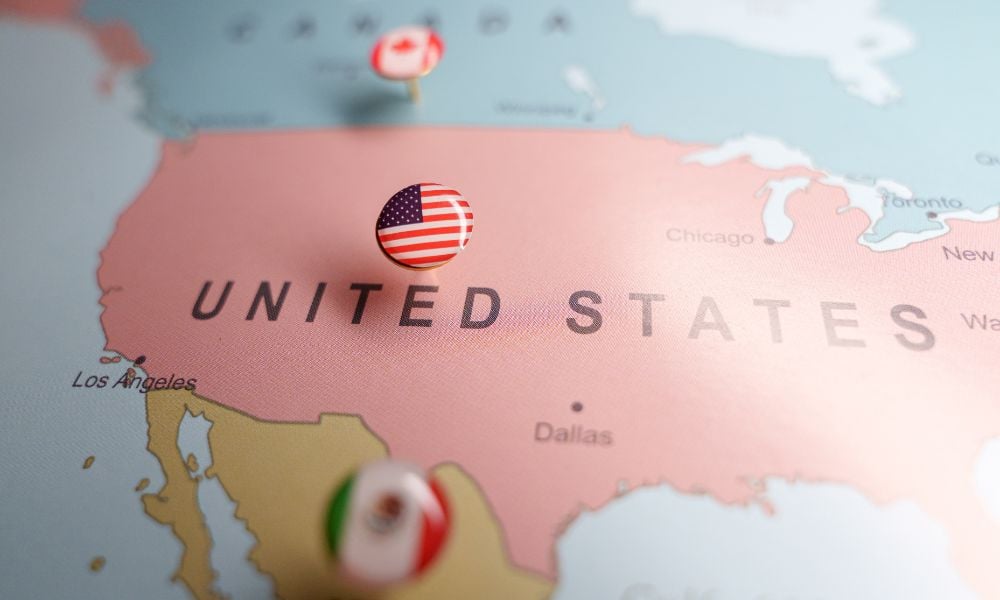Experts outline costs of fire – financially and emotionally

For HR professionals focused on creating secure and productive workplaces, fire preparedness should be treated as a foundational component of risk management and employee wellbeing, according to two experts.
“Unless you've got a safe place to go and work, it's hard to get your job done. So protecting workers, protecting the workplace, protecting employees is absolutely paramount,” says Dave Lacey, CEO of Citation Canada, in an interview with Canadian HR Reporter.
However, the infrequent nature of workplace fires can create a false sense of security, making regular reviews and training all the more critical, says Shayne Ottman, health and safety consultant at the firm, in the same interview.
In 2024, firefighters who dealt with wildfires in B.C. faced the challenge of longer, harsher fire seasons – and that meant many seasoned workers were burnt out, according to a previous report.
Employee costs after fires at work
Fire incidents can vary dramatically in cost and consequence. Ottman illustrates how even a minor incident—like a malfunctioning toaster—can escalate depending on employee response.
"A second-to-second decision can affect the cost… In almost all fire circumstances… there is going to be some cost associated with it, which is why planning is so important,” he says.
"If somebody panicked and picked up the toaster and they burned their hands, you're dealing with a lot more cost associated with getting that worker back into the workplace, covering their injuries, all of that kind of stuff.
For HR professionals, the implications of a workplace fire extend beyond physical damage. Lacey emphasizes the human impact, particularly on morale and engagement.
If workers are going into a workplace that has been through a fire incident, “you're getting employees who are anxious, who are concerned, who are not at full productivity,” he says.
“There's going to be an implication as to their productivity within your business. If you can't create an environment where they feel safe and protected from fire situations, obviously that's going to affect output, it's going to affect attitude, and it's going to affect engagement from your employees.”
This also has a negative impact on company culture and “the way people navigate the workplace,” says Ottman.
Preventing, responding to workplace fires
The Canadian Centre for Occupational Health and Safety (CCOHS) notes that employers should have a fire safety plan that outlines:
- A safe and orderly way for occupants to evacuate the building
- Proper maintenance and housekeeping required to prevent fires
- Methods of control that minimize the damage from fires when they do occur.
“Plans should be specific to the property or business,” says CCOHS. “Conducting an audit or review of the property or business will help identify factors that could affect fire safety. Items in this audit include site layout, points of entry/exit, roadways, use of the building, where and how items are stored, how items are used, water or fire department connections, alarm systems, sprinkler systems and many other factors.”
Should the worst happen and an employer has to deal with a fire incident, they should be quick to respond, says Ottman.
“Immediately after the fact, you should get everybody out and stay out until the fire department gives you the clear. That's number one. In the immediacy, you should be doing inspections to try and figure out – with professionals like the fire department – how the fire started, so you can start to fix the issue of the hazard that started the incident.”
It’s also important to put workers’ minds at ease following the incident, says Ottman.
Employers have to make sure that, moving forward, they are reviewing the fire safety plan “to make sure it's working as intended,” and that employers are “controlling those fire hazards as best [they] can”.
Citation Canada offers resources to help employers prevent these issues in the first place.




